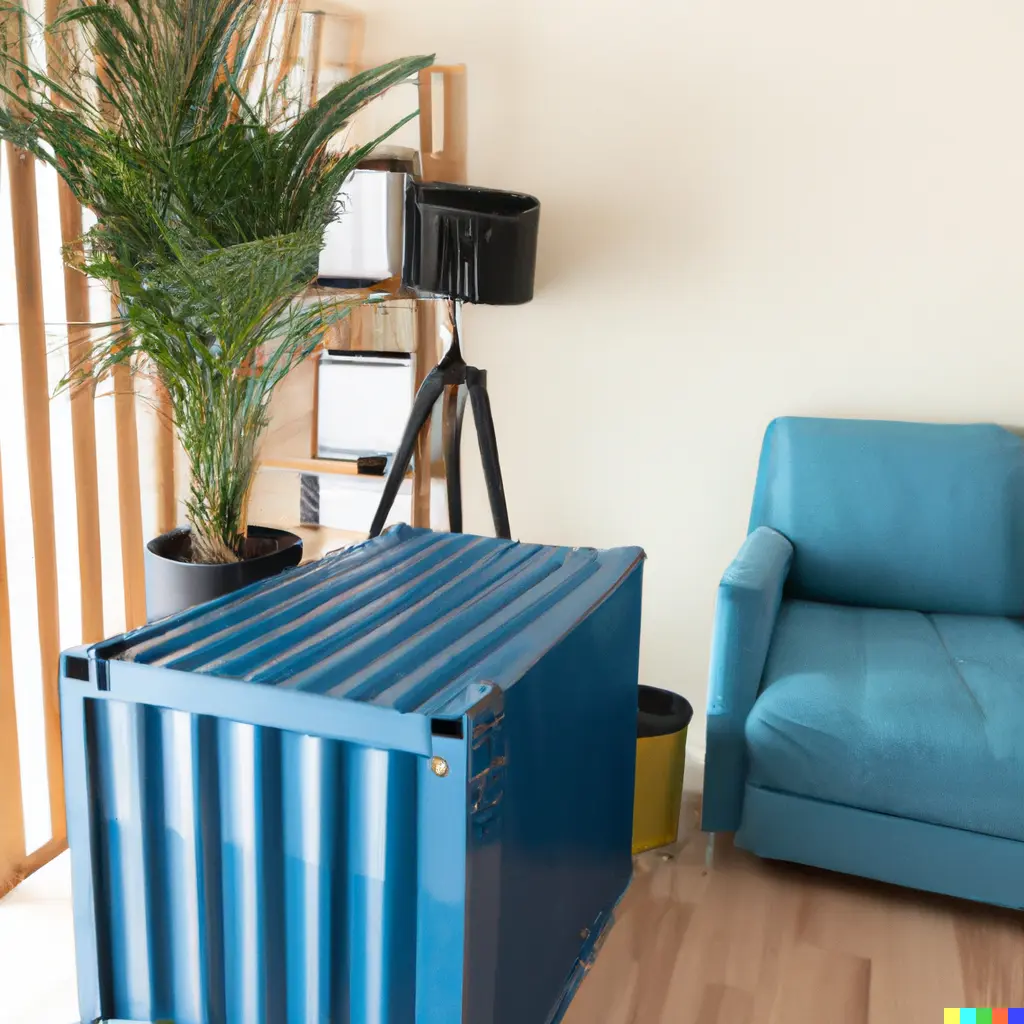
If you know me, you know how much I love the container ecosystem (and Docker) and how breakthrough they have been in the market the last 10 years, containers changed everything.
Even tho Docker/Podman have become an essential tool in the world of software development, as they allow developers to create, deploy and run applications in containers, sometimes a process needs more than just a container to run; maybe it assumes something from the env vars or a system socket (e.g., like X11).
Another scenario can be that you need to run something from your CI job, maybe Gitlab, and you want to run a custom container with the same env vars of the host (config, secrets manually set on the project), for example:
| |
So, assuming that an entire system is not just a filesystem with a bunch of binaries, to let the process behave more like running inside the host, we need, at minimum, the following stuff:
- Hostname
- User’s home and a user with the same
uid:gid - Env vars
- X11 socket to run gui apps (optional)2
Solution Link to heading
So i condensated everything in a small script i use regularly:
| |
How it works? Let’s break down the code and understand each part of the script:
- Check if the DOCKER_IMAGE variable is set: The script checks if the required DOCKER_IMAGE variable is set. If not, it prints an error message and exits the script.
| |
- Pass dynamic arguments to the Docker container: The script iterates through the environment variables using env and dynamically adds them as arguments to the docker run command.
| |
Some critical flags used in the docker run command include:
- -
-rm: Automatically removes the container after it finishes executing. -it: Allocates a TTY and keeps STDIN open for interactive use.${docker_env_vars[@]}: Passes the dynamically collected environment variables to the * container.-h "${HOSTNAME}": Sets the container’s hostname to match the host system.--net=host: Uses the host network, so you can access local services from inside the container as a normal process can.-v /var/run/docker.sock:/var/run/docker.sock:ro: Mount the docker.sock to use Docker inside * the container.-v /tmp/.X11-unix:/tmp/.X11-unix: Mount X11 socket to run GUI apps.- Mount system paths:
/var/run, /tmp, /systo match the host parity
I keep it the process inside on /usr/local/bin/e and i use it for things like running a specific version of PHP:
| |
Or, for running GUI apps, I want to avoid installing them on my system.
Beware that this solution cannot cover more sophisticated cases; there are better solutions, like Distrobox.
That’s it, if I am missing something big or you want to discuss it, as always, drop me a message on the contacts you can find here or drop me a message on Mastodon.